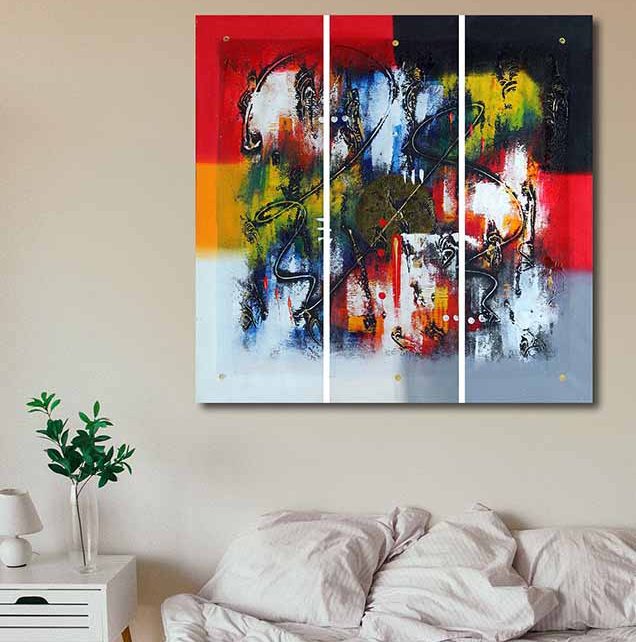One of an artist’s most important tools is a canvas. Are you interested in using them but unsure of how?
Although the idea of a blank canvas can be inspiring, it can also be intimidating. How should you approach painting something if you have a lot of ideas for it?
You may learn all there is to know about canvas oil from this composition, along with some fascinating hints.
What is a Painting Canvas?
Canvas is a sturdy woven fabric that is employed in many different operations, such as voyages, bags, and pavilions. In the oil field, it’s usually stretched on a crude frame.
You may either purchase already stretched oils or stretch your own.
Since canvas is inexpensive, lightweight, and resilient, it is a great surface for tempera and oil lake artwork or paintings of the lake. When covered with gesso, it also has an archival quality.
Why Do People Paint on Canvas?
For decades, painters have utilised oil to showcase their artistry. It continues to be the preferred oil face for both amateurs and experts. This applies especially to acrylic oil.
Canvas is a versatile oil surface that may be found in a variety of shapes, sizes, and forms to meet any need or price range. Its versatility allows it to be utilised for everything from little oils to substantial compositions.
However, how wonderful it feels underneath the encounter and how long it lasts are the two main reasons why oil is such a popular oil face.
Compared to the previously employed wood shells, canvas is also lighter and simpler to transport.
How Can I Buy the Best Oil for My Needs?
When choosing an oil, there are a number of things to take into account, including fabric, texture, and priming. Each of these elements has an effect on the oil’s quality and the kind of Canvas Art Paintings it looks best in.
The Texture Oil is crafted from natural fabrics that have been knitted together to create a range of textures based on the degree of fineness of the weave.
As an example, the smooth face of finely woven oil is appropriate for teeny, precise work, while coarser weaves are fashionable for wide encounter strokes and larger workshops. Different textures go well with different types of oil.
The Content
Oil maturity is composed of cotton or linen. The facial quality and longevity of linen make it the superior of the two, but it is also the most costly.
Cotton is a more affordable option that produces an excellent, long-lasting face.
There Being Prime
Gesso is used to fix most oils (pronounced as gesso).
The mixture of cement, cataplasm of Paris, chalk, or colour prevents the cosmetics from absorbing into the oil-cloth. This will result in a face that shows off the true hues of the cosmetics.
Despite the fact that the majority of oils are primed, some painters enjoy the dull, gritty colour that unprimed oils give.



